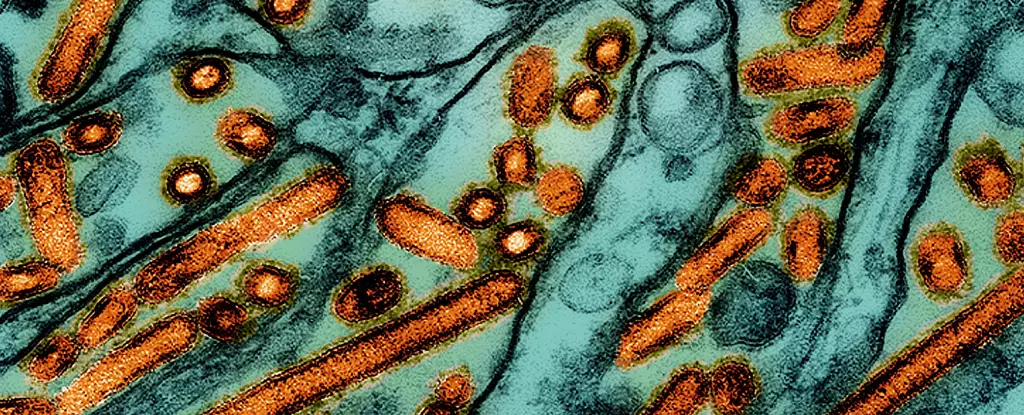Health authorities in the United States recently reported a second case of bird flu in a human, less than two months after the first case had been identified. The outbreak of the disease has been circulating among dairy cows, raising concerns about the potential for further human infections. Both cases were dairy farm workers who experienced only minor symptoms and have since recovered.
Increased Risk and Spread
The US Centers for Disease Control and Prevention (CDC) stated that despite the low risk to the general public, there is a possibility of more cases emerging due to the high levels of the virus in raw milk from infected cows. The CDC warned that similar additional human cases could be identified in the future as the virus continues to spread among dairy cows.
The most recent case of bird flu in Michigan was detected in a worker on a dairy farm where the H5N1 virus had been identified in cows. The worker experienced mild symptoms and has since recovered. Testing revealed that only the eye specimen was positive for the virus, and the patient only reported eye symptoms. This case highlights the potential for transmission from infected animals to humans.
Government Response
The US Department of Agriculture has been actively working to contain the spread of the virus among cattle herds by providing financial aid to affected farms. The department has identified instances of spread within the same herd and between dairies through cattle movements. Despite the growing number of infected herds, the USDA maintains that there have been no significant changes to the virus that would increase transmissibility to humans.
Health officials warn that individuals with close or prolonged exposure to infected birds or livestock are at greater risk of infection. Although the current strain of H5N1 has primarily affected poultry, cases in cows and goats have raised concerns among experts. While virus fragments have been found in pasteurized milk, the CDC reassures consumers that milk sold in stores is safe due to pasteurization effectively killing the disease.
There is no evidence of human-to-human transmission at present, but there are fears that the virus could mutate into a form that is transmissible between humans if it were to spread widely. Avian influenza A(H5N1) first emerged in 1996 and has been a growing concern due to the increase in outbreaks in birds and infected mammals since 2020.
The recent cases of bird flu in humans highlight the need for continued vigilance and preventive measures to contain the spread of the virus from animals to humans. Health authorities and government agencies are working together to address the situation and minimize the risk to public health. It is crucial for individuals working on dairy farms and those in close contact with infected animals to take precautions to prevent the transmission of the virus.

Leave a Reply